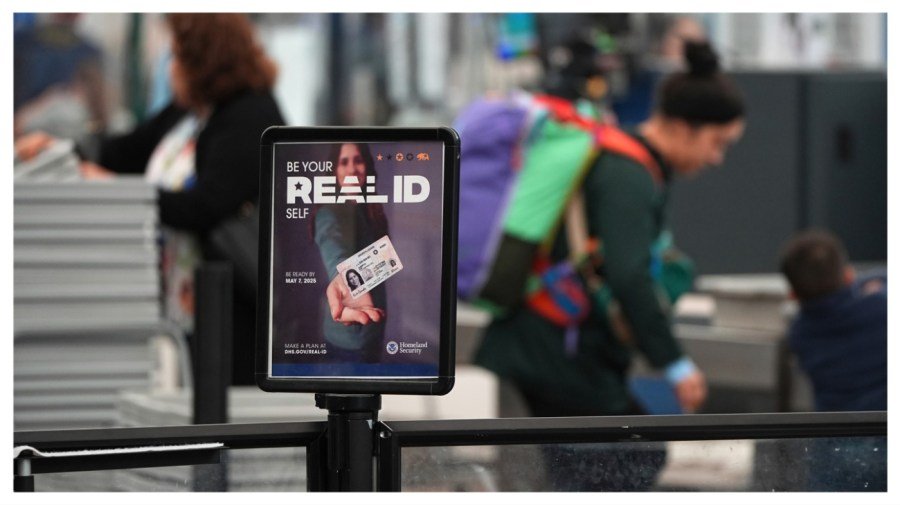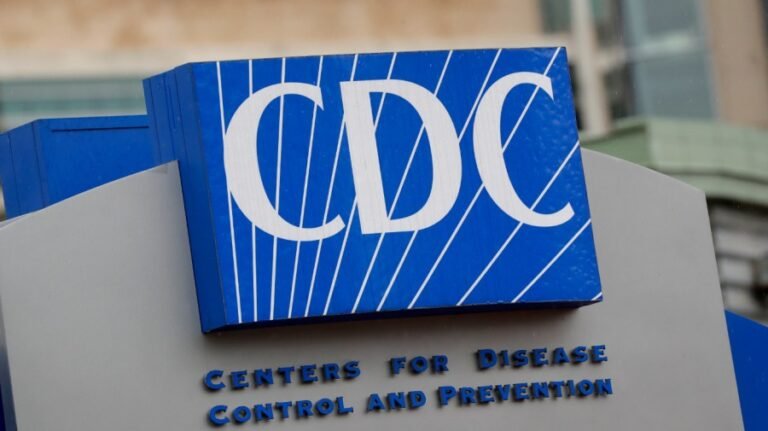
The U.S. government is now enforcing the use of REAL ID, which requires users to have federally compliant identification to board flights, among other uses.
The REAL ID is a product of the Real ID Act of 2005, passed in the wake of the 9/11 attacks, mandating that travelers use a new, federally compliant form of ID, not only to board flights but also to enter certain federal buildings.
The deadline to obtain a REAL ID was Wednesday, though current rules take into account those who don’t yet have one.
Here are five things to know about REAL ID since the deadline has passed:
Can you board a flight without real ID?
The Department of Homeland Security (DHS) has said that people can still board their flights if they don’t have REAL IDs, though they may be subject to increased scrutiny.
“Passengers who present a state-issued identification that is not REAL ID compliant at TSA checkpoints and who do not have another acceptable alternative form of ID will be notified of their non-compliance, may be directed to a separate area and may receive additional screening,” the department said in their FAQ section on REAL ID.
If passengers are flying domestically, a passport suffices in lieu of a REAL ID.
Additionally, the DHS says: “State-issued Enhanced Driver’s Licenses and identification cards (EDL/EID) are designated as acceptable border-crossing documents by DHS under the Western Hemisphere Travel Initiative and are an acceptable alternative to a REAL ID for boarding a commercial aircraft, accessing federal facilities, and entering nuclear power plants.”
What will the additional screening look like without a real ID?
While the DHS doesn’t specify what it means by “additional screening,” the Transportation Security Administration (TSA) notes on its website that it “incorporates unpredictable security measures, both seen and unseen, to accomplish our transportation security mission.”
The TSA lays out different aspects of its general screening process prior to boarding a flight, including screening carry-on and checked baggage, “millimeter wave advanced imaging technology and walk-through metal detectors.”
TSA also notes on its website that passengers flying internationally “experience a more extensive screening process and should prepare for additional screening of your property and personal electronic devices.”
How can I get a real ID?
The agency directs people seeking to get a REAL ID to head to their state’s or territory’s department of motor vehicles (DMV).
DHS notes that people registering for a real ID will at a minimum need “documentation showing: 1) Full Legal Name; 2) Date of Birth; 3) Social Security Number; 4) Two Proofs of Address of Principal Residence; and 5) Lawful Status.” Additional documents may be required depending on which state or territory you’re in.
How do you know if you have a real ID?
Identifying whether you have a REAL ID is pretty simple. If you have a REAL ID, there will be a star located toward the top right of your ID card.
When do you absolutely need a real ID?
It’s not immediately clear when the grace period for non-compliant users will end and everyone will absolutely need a to have a REAL ID to board a plane.
A TSA spokesperson told The Hill in a statement that “TSA continues to collaborate with its state, airport and airline partners toward a compliance rate closer to 100% for those with either a state-issued REAL ID or an acceptable alternative form of ID.”
Given the agency has warned there will likely be added screening for those who don’t have a REAL ID or another acceptable form of identification yet, users will likely want to obtain a REAL ID sooner rather than later to avoid screening time.


